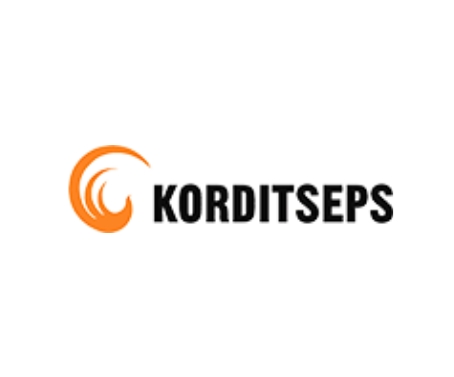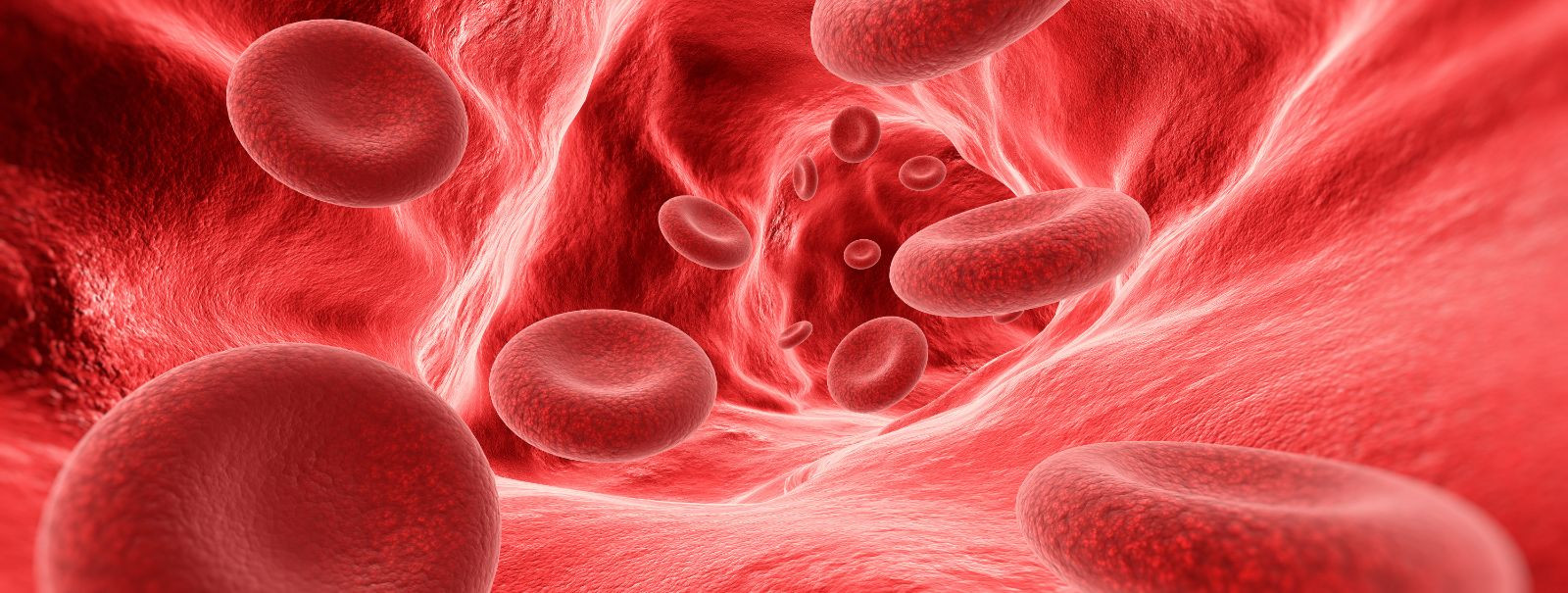The science behind vascular cleansing
The vascular system, also known as the circulatory system, is an intricate network of blood vessels that includes arteries, veins, and capillaries. Its primary function is to transport blood throughout the body, delivering oxygen and nutrients to tissues and organs, and removing waste products.
Maintaining vascular health is crucial for overall well-being. Healthy blood vessels ensure efficient blood flow and nutrient delivery, which are essential for the proper functioning of the body's systems. Conversely, compromised vascular health can lead to a range of health issues, including hypertension, atherosclerosis, and increased risk of heart attacks and strokes.
What is Vascular Cleansing?
Vascular cleansing, also known as arterial cleansing, refers to the process of removing or reducing the buildup of plaque and toxins within the blood vessels. The goal is to improve circulation, enhance cardiovascular health, and prevent vascular diseases.
Methods for vascular cleansing vary from lifestyle changes and natural remedies to medical procedures. These can include dietary modifications, herbal supplements, exercise, and in some cases, chelation therapy or other medical interventions.
The Science of Vascular Cleansing
Vascular cleansing works by addressing the factors that contribute to plaque buildup and poor vascular health. This can involve antioxidant intake to combat oxidative stress, anti-inflammatory agents to reduce vessel inflammation, and substances that help to break down or inhibit plaque formation.
Regular vascular cleansing can lead to improved blood flow, reduced blood pressure, and lower cholesterol levels. It can also decrease the likelihood of developing serious cardiovascular conditions and enhance overall vitality and health.
While vascular cleansing can offer significant health benefits, it's important to approach it with caution. Some methods, particularly those involving medical procedures, carry risks and should only be undertaken under professional supervision. Natural methods also require careful consideration to avoid interactions with medications or pre-existing conditions.
Natural Approaches to Vascular Cleansing
Herbs like garlic, ginger, and ginkgo biloba have been traditionally used for their circulatory benefits. These herbs may help to improve vascular health by reducing inflammation, lowering cholesterol, and preventing blood clots.
A diet rich in fruits, vegetables, whole grains, and healthy fats can support vascular health. Foods high in fiber, antioxidants, and omega-3 fatty acids are particularly beneficial for cleansing the arteries and promoting blood flow.
Regular physical activity, stress management, and avoiding tobacco and excessive alcohol consumption are all lifestyle choices that contribute to healthier blood vessels and a reduced need for vascular cleansing.
Modern Techniques in Vascular Cleansing
Chelation therapy is a medical procedure that involves the administration of chelating agents to remove heavy metals and minerals from the bloodstream. It is sometimes used as a method of vascular cleansing, although its efficacy and safety are subjects of ongoing research and debate.
Certain supplements, such as niacin, omega-3 fatty acids, and coenzyme Q10, have been shown to support vascular health. However, it's essential to consult with a healthcare professional before starting any supplement regimen.
Monitoring Vascular Health
Regular check-ups and diagnostic tests, such as blood pressure monitoring, cholesterol tests, and imaging techniques like ultrasound, can help track vascular health and the effectiveness of cleansing strategies.
Professional guidance from healthcare providers is vital in developing a personalized plan for vascular cleansing. This ensures that any approach taken is safe, effective, and tailored to individual health needs.






Comments (0)